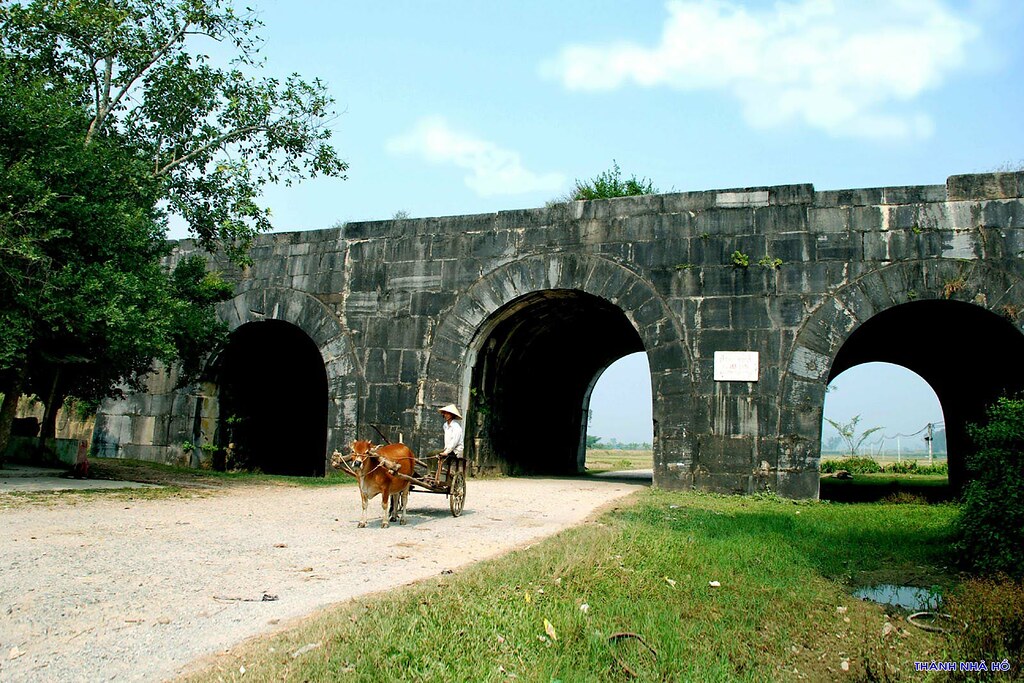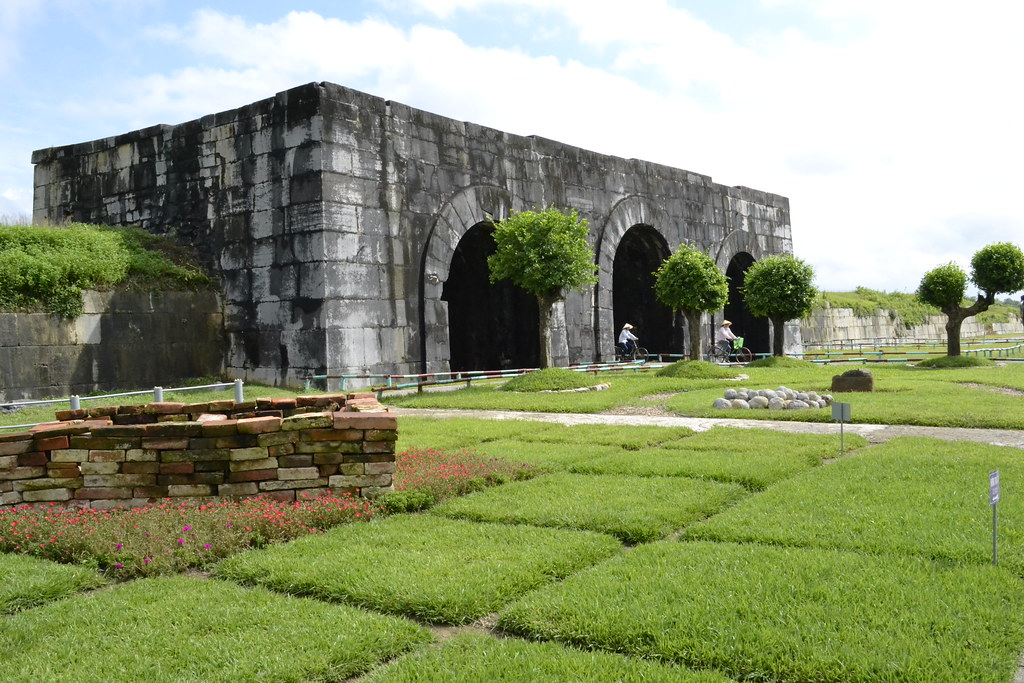Ho Dynasty citadel (also known as Tay Do citadel, An Ton citadel, Tay Kinh citadel, Tay Giai citadel) is the capital of Dai Ngu country (the national name of Vietnam under the Ho Dynasty), located on the territory of two communes Vinh Tien and Vinh. Long belongs to Vinh Loc district, Thanh Hoa province. The citadel was built in 1397 under the Tran Dynasty led by Ho Quy Ly, who soon (1400) founded the Ho Dynasty.

This is a solid citadel with unique large-scale stone architecture that is rare remaining not only in Vietnam but also in Southeast Asia and in the world. Although it has existed for more than 6 centuries, many of the buildings of this citadel are still relatively intact.

The Ho citadel consists of the following parts: La Citadel, Hao Citadel, Imperial Citadel, and Nam Giao Altar. Among them, the most massive and intact construction to this day is the Imperial Citadel. The entire outer surface of the Imperial Citadel, including the wall and four main gates, is built with green stone slabs weighing from 10 to 20 tons, finely carved, square, stacked tightly, with slabs up to 6m long and heavy. more than 20 tons. The total volume of stone used to build the citadel is about 20,000m3 and nearly 100,000m3 of soil is elaborately dug and filled.

On June 27, 2011, after 6 years of submitting the dossier, the Ho Dynasty Citadel was recognized by UNESCO as a world cultural heritage. Currently, the Ho Dynasty Citadel is included in the list of 62 special national monuments by the Government.













